Dragon fruit, also known as pitaya or strawberry pear, is a stunning tropical cactus known for its vibrant pink or yellow skin and sweet, seed-speckled flesh. While it’s native to warm, sunny climates, many plant lovers are now successfully growing dragon fruit indoors—even in apartments or cooler regions. With the right knowledge, indoor cultivation can lead to beautiful plants and even a juicy harvest.
This article explores expert-approved care tips for growing dragon fruit indoors—from lighting and watering to pruning and fruiting.
1. Understanding the Dragon Fruit Plant
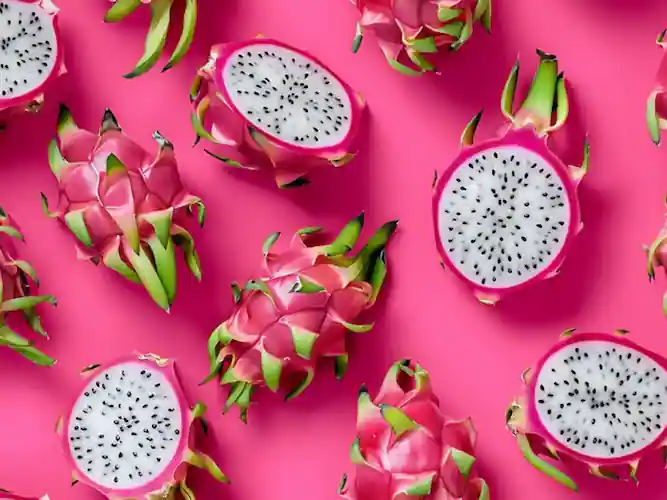
Dragon fruit is a climbing cactus (genus Hylocereus) that thrives in warm temperatures, bright light, and well-draining soil. It features fleshy, triangular stems with aerial roots that help it cling to supports. As a cactus, it stores water and prefers a dry period between waterings.
There are three main types:
- Hylocereus undatus – White flesh with pink skin
- Hylocereus costaricensis – Red flesh with pink skin
- Hylocereus megalanthus – White flesh with yellow skin
Most indoor growers favor H. undatus for its ease of care and productivity.
2. Choosing the Right Variety for Indoors
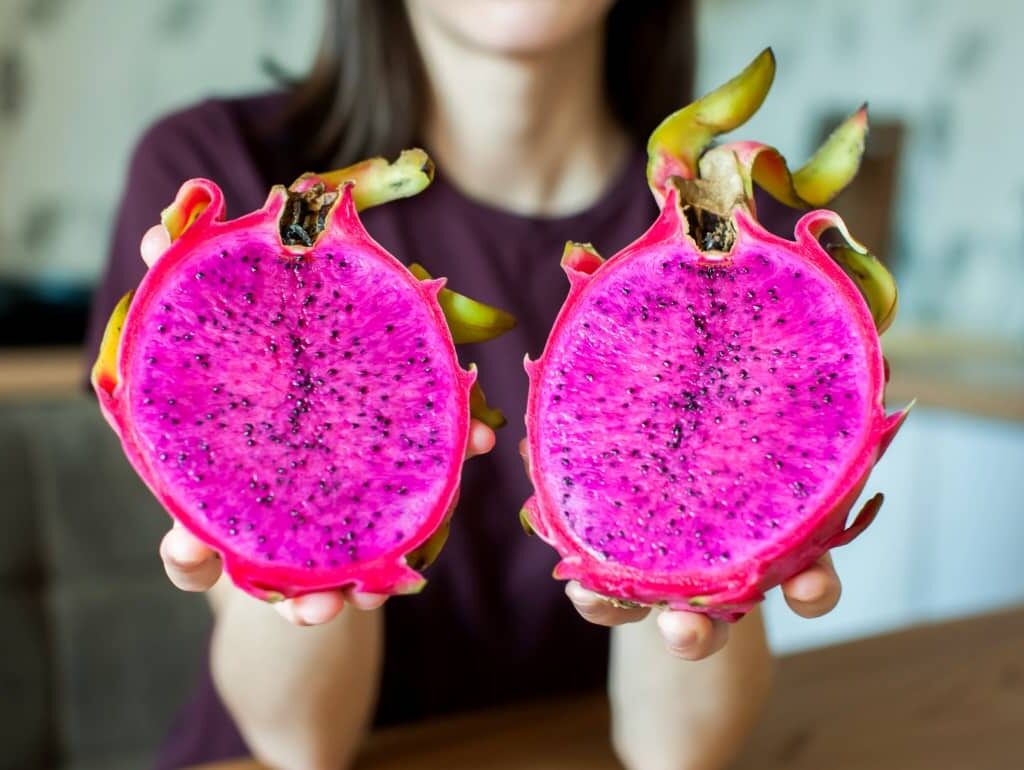
For indoor growth, opt for self-pollinating varieties unless you want to hand-pollinate. Self-fertile types reduce the need for a second plant. Compact varieties or dwarf cultivars are also ideal due to limited space.
3. Picking the Best Container
Choose a container at least 15–24 inches in diameter and 12–18 inches deep with proper drainage holes. Dragon fruit plants have deep roots and grow rapidly with space.
Potting material tips:
- Use terra cotta or ceramic pots for breathability.
- Avoid plastic if the room gets warm, as it retains heat and moisture too long.
4. The Ideal Potting Mix
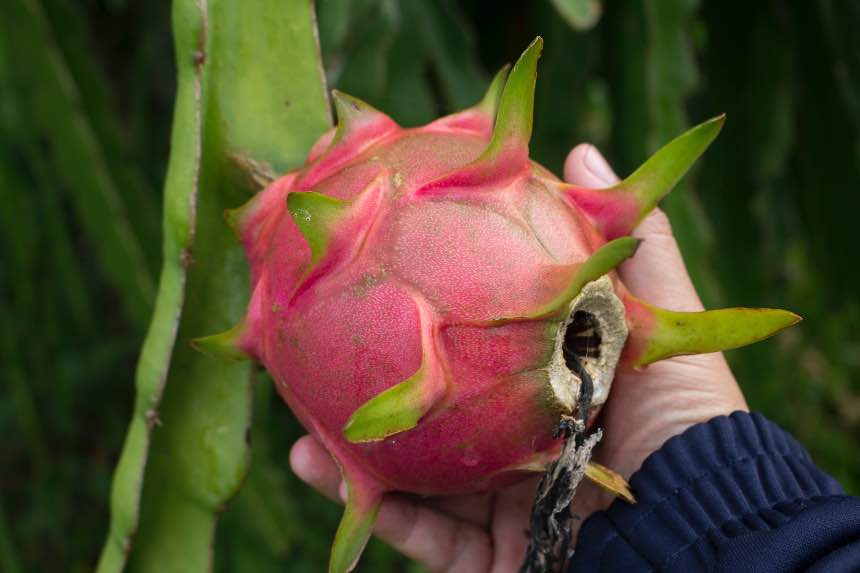
Dragon fruit requires well-draining, slightly acidic soil with high organic content. Avoid heavy, compacted mixes.
Best soil mix recipe:
- 1 part cactus/succulent mix
- 1 part perlite or sand
- 1 part compost or worm castings
pH level: Keep between 6.0 and 7.0 for optimal nutrient uptake.
5. Lighting Needs Indoors
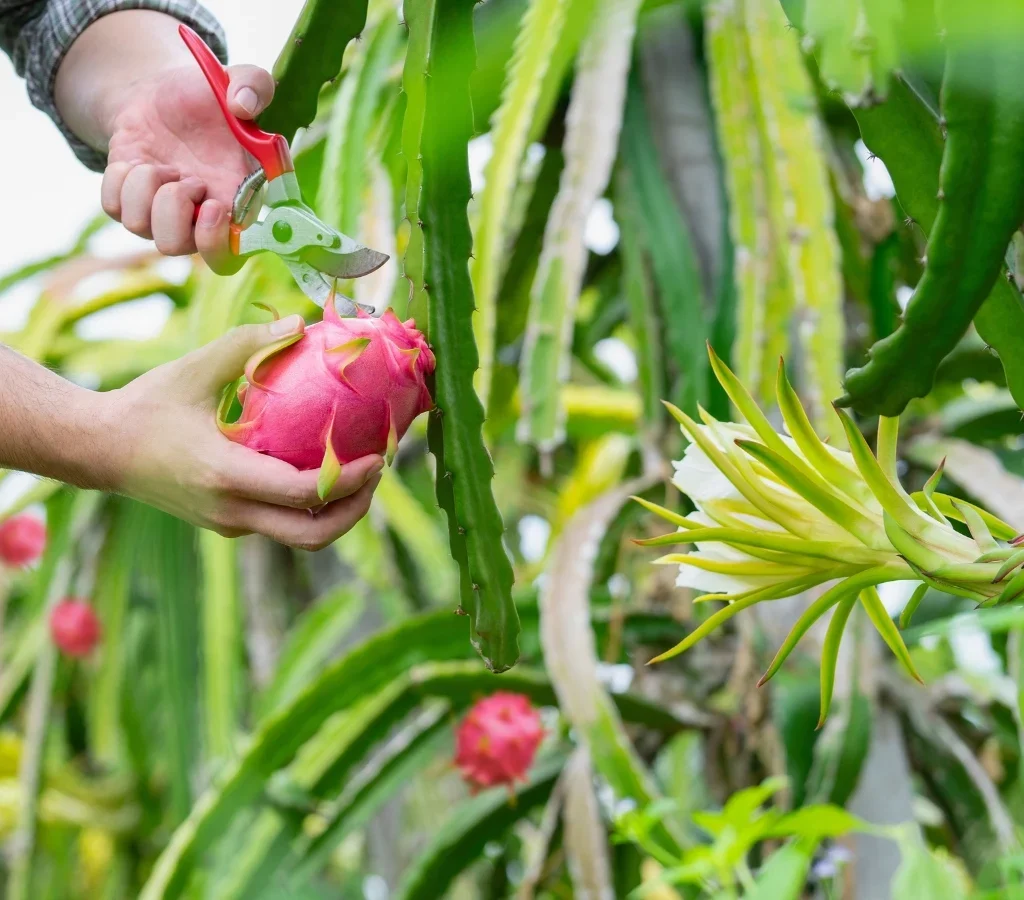
One of the most crucial elements for success is bright, direct light. Dragon fruit needs at least 6–8 hours of sun daily.
Tips:
- Place near a south- or west-facing window.
- Use grow lights (full-spectrum LED) if natural sunlight is limited. 12–14 hours of light per day is ideal under artificial conditions.
- Rotate the plant weekly for even growth.
6. Temperature and Humidity
Dragon fruit prefers temperatures between 65°F and 85°F (18°C–29°C). It tolerates short dips to 40°F (4°C), but prolonged exposure below 50°F can damage growth.
Indoor tips:
- Avoid cold drafts near windows.
- Ensure humidity stays around 40–60%.
- Use a humidifier in winter if your air is too dry.
7. Watering Your Dragon Fruit Indoors
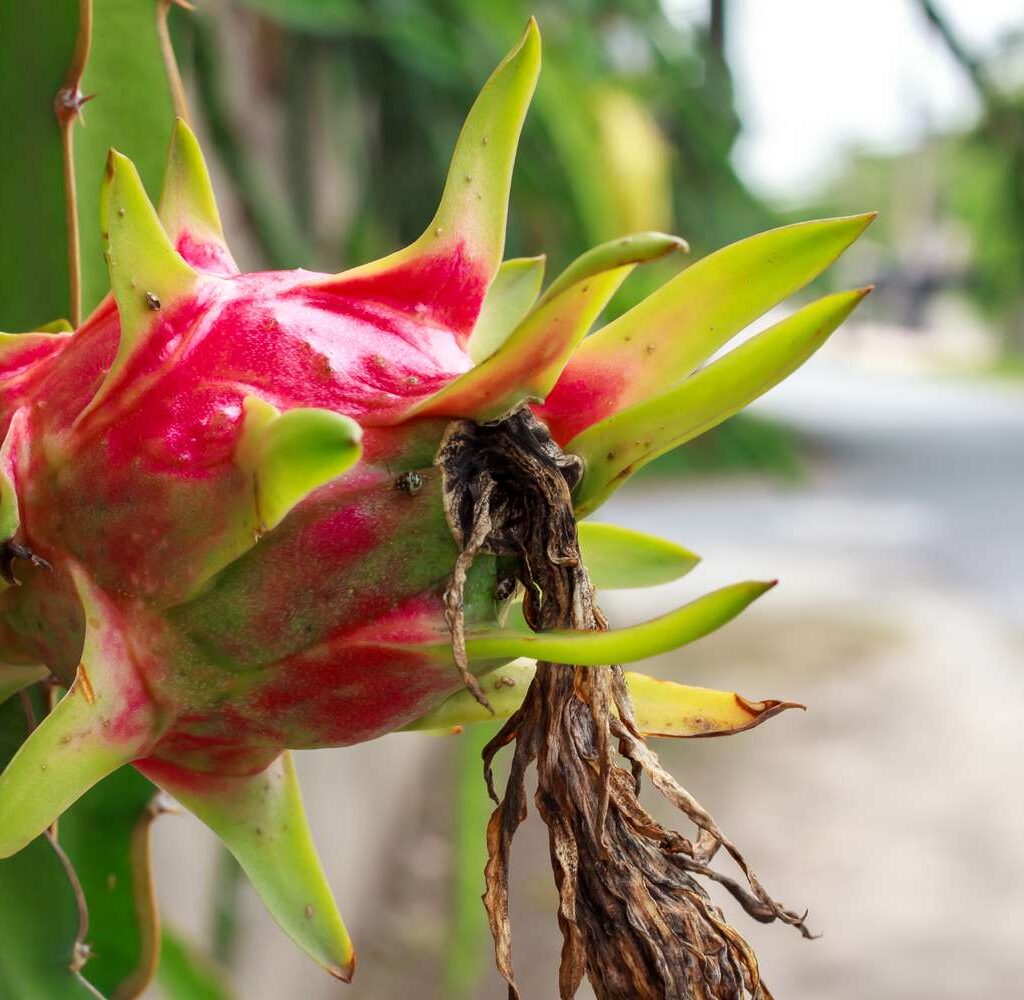
Overwatering is a leading cause of failure. Dragon fruit likes to dry out between waterings.
Watering guidelines:
- Water once every 7–10 days in warm months.
- Water every 2–3 weeks during winter dormancy.
- Let the top 2–3 inches of soil dry before watering.
- Always drain excess water to prevent root rot.
Pro tip: Water deeply, then allow full drainage.
8. Fertilizing for Healthy Growth
Feed your indoor dragon fruit plant every 4–6 weeks during the growing season (spring through summer).
Best fertilizers:
- Balanced (e.g., 10-10-10) for general growth
- Low-nitrogen, high-phosphorus (e.g., 5-10-10) for flowering and fruiting
- Use liquid or slow-release organic fertilizers for gentle nourishment
Stop fertilizing in late fall to allow for winter rest.
9. Supporting and Pruning the Plant
As a climbing cactus, dragon fruit requires support for vertical growth.
Trellis options:
- Wooden stake in the center of the pot
- Mini indoor trellis
- Tomato cage or bamboo structure
Pruning tips:
- Remove weak or overcrowded stems
- Shape the plant to encourage upward growth
- Trim damaged or diseased branches regularly
Pruning encourages airflow, improves light penetration, and boosts fruit production.
10. Pollination and Flowering Indoors
Dragon fruit typically flowers at night and blooms for just one evening. Some varieties are self-pollinating, while others require hand pollination indoors.
To hand pollinate:
- Use a soft brush or cotton swab to transfer pollen from the anther to the stigma.
- Do this after 8 p.m. when the flower is fully open.
- Repeat for 2–3 nights if needed.
Expect flowers in 6–12 months, though fruiting may take longer indoors.
11. Dealing with Common Indoor Issues
While indoors, dragon fruit faces fewer pests than outdoors, but still watch for:
- Mealybugs – Remove with rubbing alcohol and cotton swab.
- Root rot – Caused by overwatering.
- Leggy growth – Usually due to insufficient light.
Prevent issues by:
- Using sterilized soil
- Avoiding soggy conditions
- Keeping good airflow and light levels
12. Harvesting and Enjoying Your Indoor Fruit
If your plant flowers and fruits indoors, harvest when the fruit is:
- Brightly colored (pink, red, or yellow)
- Slightly soft to touch (like a ripe kiwi)
- Starting to dry at the tips
Twist gently to remove. Enjoy it fresh, in smoothies, or desserts!
Final Thoughts
Growing dragon fruit indoors is both a rewarding and visually striking experience. With the right pot, soil, lighting, and care, even apartment dwellers can enjoy the beauty and taste of this tropical wonder. Be patient—indoor fruiting takes time, but the results are worth it. By following these tips, you’ll nurture a healthy, fruitful plant that adds a touch of exotic elegance to your home.
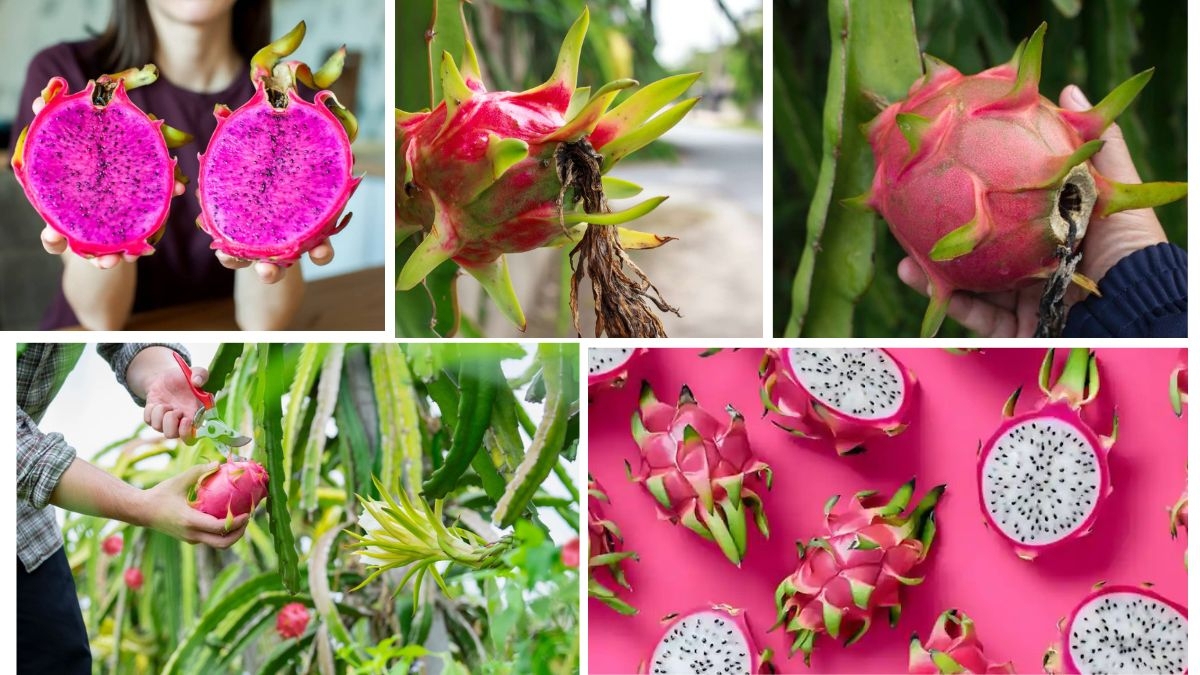



Leave A Comment